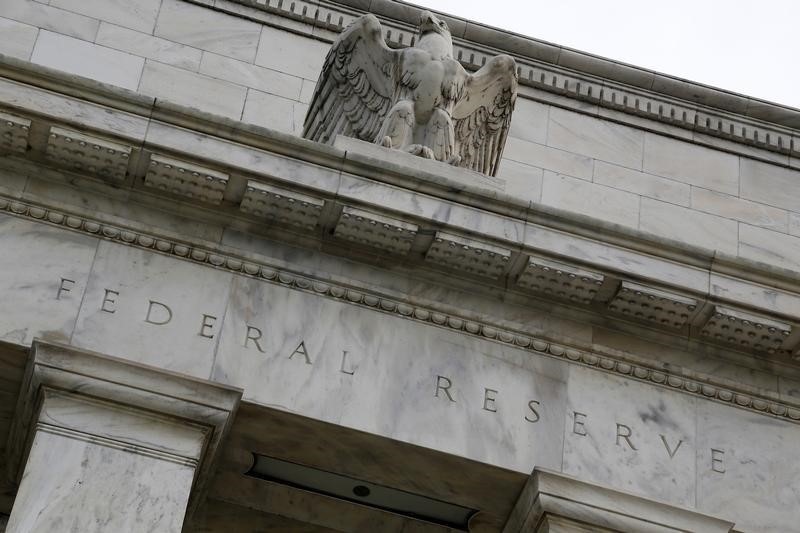 © Reuters.
© Reuters. Investing.com – Steel prices rose sharply in the wake of the U.S. tariff on imported steel, helping to keep inflation steady, a Federal Reserve survey showed.
The central bank’s Beige Book economic report, based on anecdotal information collected by the Fed’s 12 reserve banks through April 9, showed inflation expanded at a “moderate pace” amid an increase in steel prices and “modest” wage growth despite “tight” labor markets.
“There were widespread reports that steel prices rose, sometimes dramatically, due to the new tariff,” according to the report, released Wednesday in Washington. “Upward wage pressures persisted but generally did not escalate; most Districts reported wage growth as only modest.”
The failure of ongoing tightness in the labor market to spur wage growth pressures, leading to a meaningful uptick in inflation, continued to puzzle the Federal Reserve.
“The Fed appears at least a little bit surprised by the failure of tight labor markets to push wages higher,” said BMO Capital Markets.
The Fed hinted at faster pace of consumer inflation, citing “scattered reports of companies successfully passing through price increases to customers in manufacturing, information technology, transportation, and construction.”
Economic activity, meanwhile, was said to have expanded at a “modest to moderate pace” across the 12 Federal Reserve Districts in March and early April but the Fed flagged concerns about the newly imposed or proposed tariffs.
The positive outlook on the economy comes as consumer spending increased in most regions.
“Consumer spending rose in most regions, with gains noted for nonauto retail sales and tourism, but mixed results for vehicle sales, the report showed”
Fusion Media or anyone involved with Fusion Media will not accept any liability for loss or damage as a result of reliance on the information including data, quotes, charts and buy/sell signals contained within this website. Please be fully informed regarding the risks and costs associated with trading the financial markets, it is one of the riskiest investment forms possible.
Source: Investing.com





























